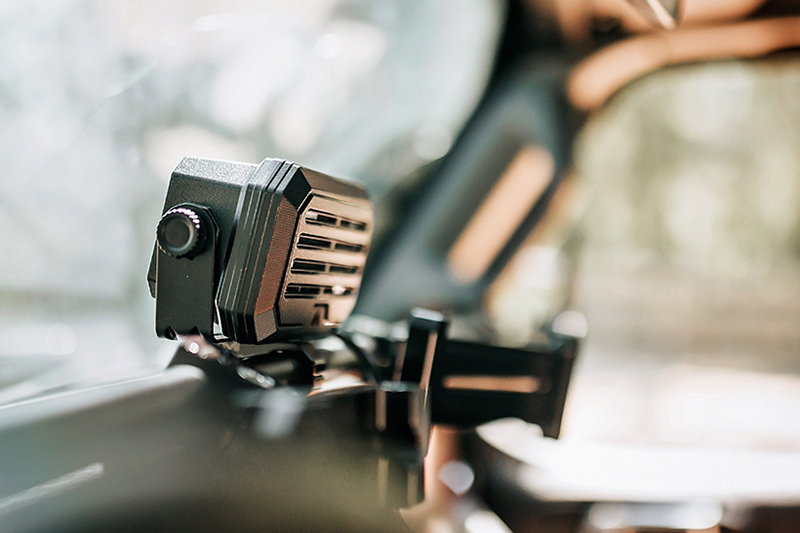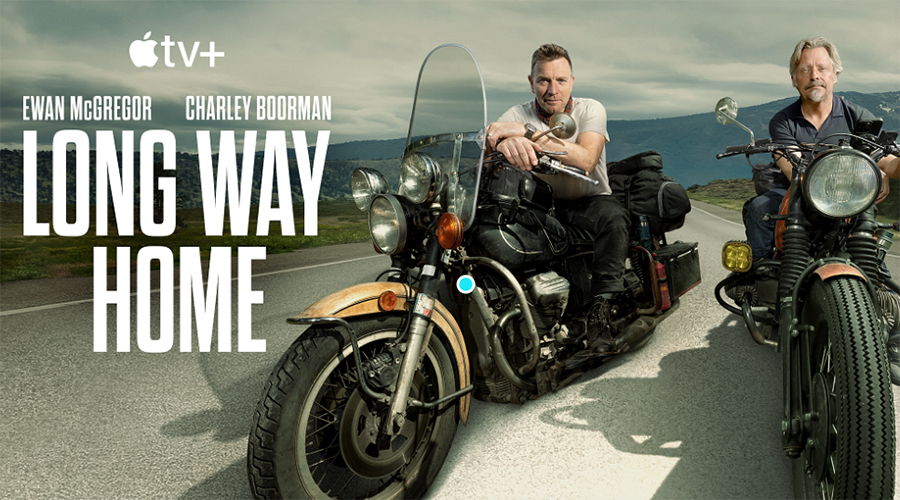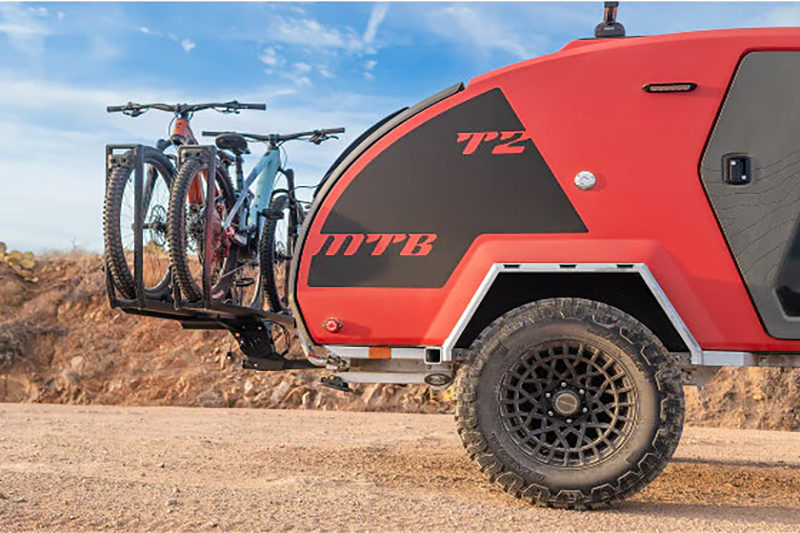I didn’t have all of the answers.
All I knew was that I had spent the better part of my adult life, over 20 years, dreaming about chasing the horizon. There was always some practical excuse holding me back.
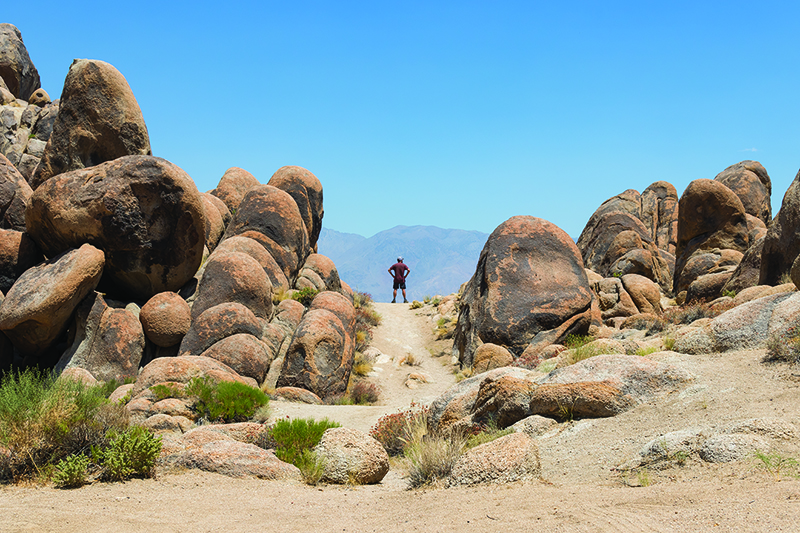
Alabama Hills near Lone Pine, California, is a boulder-strewn labyrinth of dirt roads, filled with countless opportunities for vehicle-supported camping and adventure. Its photogenic nature makes it a very popular location for the film industry.
“Maybe I’ll be in a better position to travel next year,” I would tell myself.
Years passed, and the opportunity never presented itself. I began to resent my job as a web developer, which paid the bills with some money left over for myself. It was empty and passionless, and my fire was almost completely extinguished.
It was time to take a chance; a desperate gambit to live life on my own terms, to pursue my passion for adventure, and to rekindle the flame.
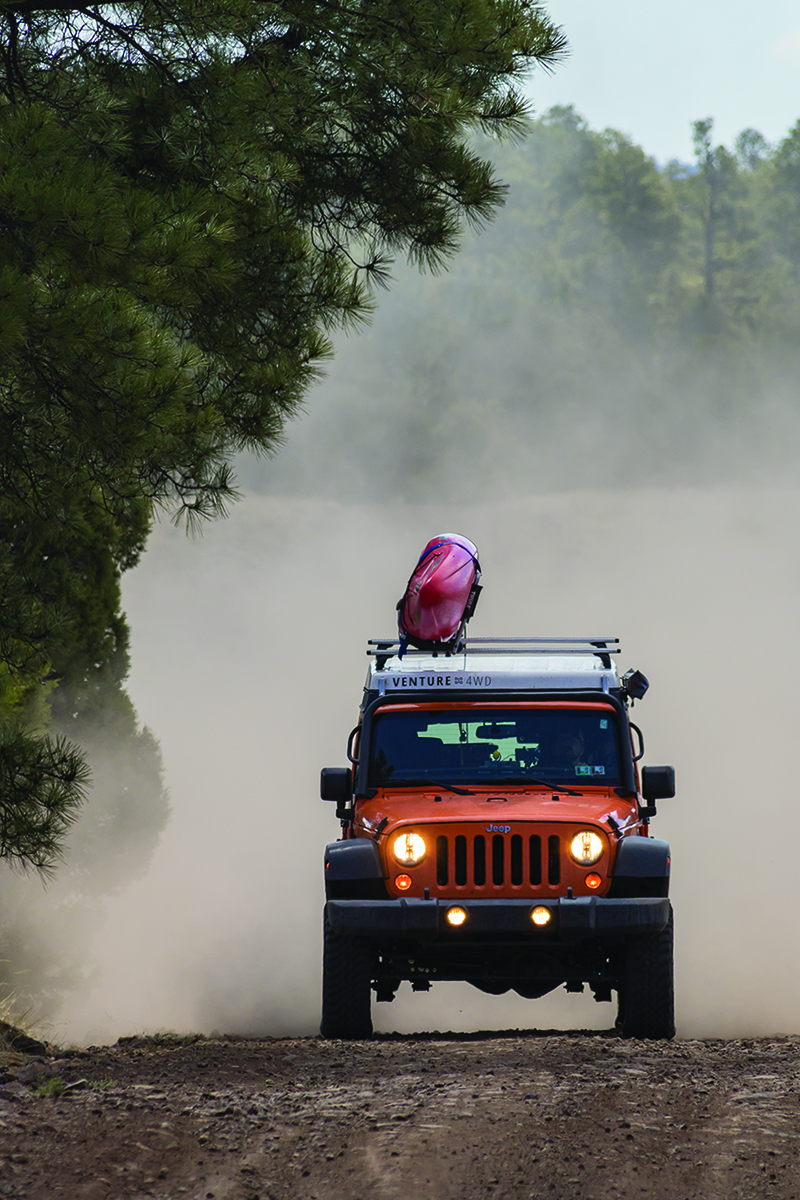
Gila National Forest, in New Mexico, contains miles of dirt roads and primitive two-tracks. In all of my westward travels, this was the first time I felt like there was no end to the wilderness. Fuel was scarce, and had to be rationed carefully.
So without having all of the answers, I quit my full-time job, left my Pennsylvania residence, and hit the road in my 2013 Jeep Wrangler Unlimited Rubicon.
The Jeep
I’ve been a four-wheel drive adventure enthusiast for quite some time. Since the late 1990s, I would often take my vehicle out exploring the state forests, or to stretch its legs at the local off-road park.
In this chapter of my life, I drive a 2013 Jeep Wrangler Unlimited Rubicon, which I bought used in 2015. Prior to departure, it was equipped with little more than an Ursa Minor J30 camper top and a Genesis Dual-Battery Kit. While on the road, with the help of a friend, I installed a 3.5” AEV Suspension and 35” BFGoodrich All-Terrain tires.
Many have asked, “What made you choose the Jeep for your adventure?”

Near Page, Arizona, on the southern shores of Lake Powell, you can find Lone Rock Campground. This is a fee area offering a primitive camping experience on the sandy shore of the crystalline lake. This is a very popular spot for vacationers!
Other than the fact that four-wheel drive facilitates the exploration of primitive routes, my answer is, “Nothing. The Jeep makes me smile.”
That is all that really matters. Adventure has nothing to do with what you drive. It simply determines how far in you can drive before you have to continue on foot.
Making Ends Meet
Before setting off, I had saved no money for this endeavor. This wasn’t a holiday, this was the pursuit of a mobile lifestyle, one that I wanted to do my best to sustain while on the go.
Web development enabled me to work remotely. So, prior to departure, I lined up some freelance work that I’d be able to perform on a regular basis to make ends meet. It wasn’t much, but it was some semblance of security.

White Sands National Monument, in New Mexico, is an aptly-named recreation area, well-suited for scenic day-hikes, and for riding plastic saucers down the side of glistening dunes. Here, I’m settling in for lunch at one of the many shaded picnic shelters.
The Journey is the Destination
I wasn’t traveling with a destination in mind. I was heading west simply because I’d seen so little of it. It was my intention to travel in short bursts, and to spend at least a few days wherever I’d end up, to get to know the area and to discover its charms.
To facilitate both work and travel, I set a weekly schedule to establish a rhythm:
On Mondays, I would travel. This would often be a 200-300 mile hop from one region to another. I never planned this hop more than a few days in advance, and any planning was akin to throwing a dart at a map.
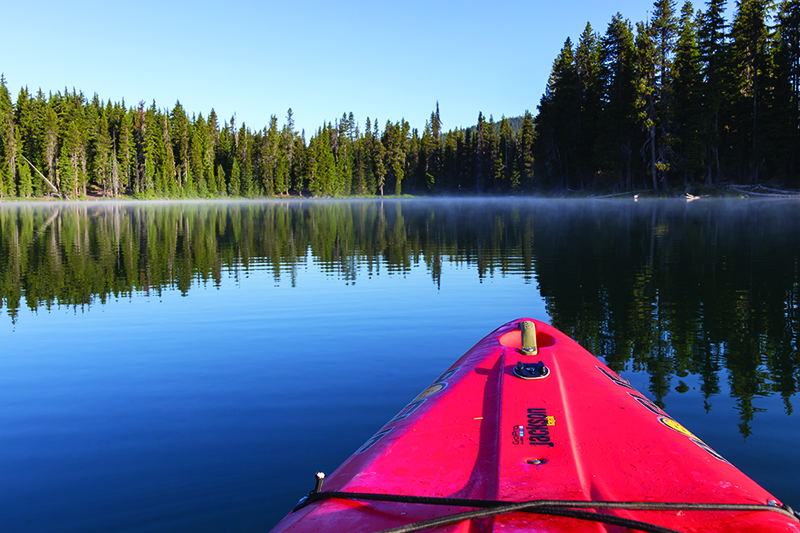
Perfection can be found on Taylor Lake, located deep within Deschutes National Forest, in Oregon. This is a very remote location, accessible only by four-wheel drive. The lake itself is approximately 15′ deep, and the bottom is visible throughout.
On Tuesdays through Fridays, I would focus on doing work on my laptop, usually at coffee shops or public libraries. I would also spend a little time getting to know the surrounding towns and communities.
On Saturdays and Sundays, I’d venture off the beaten path, and into the wilderness. I’d look specifically for beautiful places to camp along primitive roads, and seek out areas ripe with outdoor adventure.
This worked very well, as it minimized travel fatigue and maximized discovery. I ultimately traveled thousands of miles using this strategy, but since it was in short bursts, it didn’t feel like I traveled very far at all. Furthermore, it also minimized the amount that I’d spend on fuel between paychecks. If you like pleasant surprises and unplanned adventures, I highly recommend this travel style as opposed to driving directly toward some distant point on the map.
A Cold Start
It had been a mild winter, up until the day that I commenced traveling. A winter storm named Stella was on its way to blanket the northeast in snow.

Enduring Winter Storm Stella in Thomas, West Virginia. Gusts of wind agitated voluminous plumes of snow while temperatures lingered in the single digits.
As I made my way to Thomas, West Virginia, a vibrant and artistic small town adjacent to the Monongahela National Forest, it began to snow. The snow fell gently at first, and then became more intense. I try to avoid driving at night, but I wanted to arrive in Thomas before any of the roads were shut down.
I rolled into town at midnight, found a discreet place to pop the camper, and climbed into my sleeping bag while wearing several warm layers.
The next morning, a thermometer reported that the outdoor temperature was 5 degrees Fahrenheit, and the Jeep was covered in roughly six inches of snow. The snow continued to fall for several days, and the temperature remained well below freezing.
While I was sufficiently prepared, the storm tested my resolve. I wasn’t about to give in just because of some inclement weather.
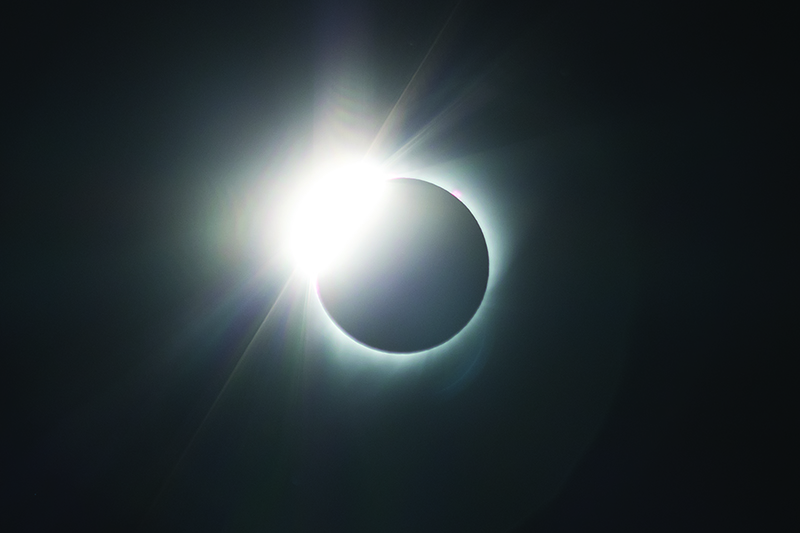
The solar eclipse of 2017, as witnessed from Sherwood, Oregon, was the turning point for my journey. It was here that I impulsively decided to return to my residence in Pennsylvania and begin planning for my next great adventure.
I remained in Thomas for the remainder of the week, and then pressed onward to warmer climates.
Secret Falls in Kentucky
My travels took me to Slade, Kentucky, which is home to the Red River Gorge, a well-known haven for rock-climbing enthusiasts. While I wasn’t there to climb myself, it was a destination abundant with scenery and adventure culture.
Upon arrival, I immediately befriended a couple named Cody and Timberly, self-proclaimed dirtbag rock-climbers who lived in a van within the camping area where I was staying.
I was in the nearby coffee shop working on my laptop, when Cody wandered in.
“Hey, do you want to go for a hike to this waterfall?” he asked, as he handed me his phone which displayed a picture of a spectacular waterfall.

The Narrows, in Zion National Park, is a tall and narrow canyon through which the Virgin River flows. It is a popular destination that goes on for miles, but the farther you explore, the more exotic it becomes. This is perhaps the most beautiful place I’ve ever seen.
I was immediately sold, and I responded simply by closing my laptop.
Following a short drive in the Red River Gorge, we hiked for two miles along a technical footpath to Copperas Falls. Although the Red River Gorge was a popular tourist destination, this serene trail was poorly marked and clearly one of the area’s better-kept secrets.
The waterfall itself was absolutely stunning. It spilled over the edge of a 40-foot amphitheater and into an aquamarine pool.
Cody had his climbing gear, and we thought it’d be fun to rappel down next to the falls. After setting up the rope, we began our descent. I slipped at the very top and bruised my coccyx against the rocks, but I quickly regained my composure and eased myself down the rope with a sore butt and wounded pride.

The misty, dream-like atmosphere in Cape Lookout State Park, on Oregon’s Coast, was nothing short of stunning. Early in the morning, we hiked 2.5 miles along the Cape Trail, to the very tip of the cape overlooking the Pacific Ocean, and then back.
This amazing experience yielded a lasting friendship, fond memories, and demonstrated the benefits of reaching out to others for local knowledge.
Crisis in Big Bend National Park
My first foray into a National Park was at Big Bend, located in the southwestern corner of Texas. Big Bend National Park is a mountainous desert landscape adjacent to the Rio Grande River. While the park is heavily regulated, it is a vast wilderness area well-suited for vehicle-supported exploration, offering both maintained and unmaintained roads.

While exploring Black Gap Road, in Big Bend National Park, the Jeep became stuck in mud that had washed over the trail following a recent rain. I had the means to call for help, but I was determined to self-extract, so it was time to get a little dirty!
Coincidentally, it rained steadily for a whole day during my visit. I was unaware of the impact that this would have on the land, however I did possess the common sense to postpone any exploration.
The following day, under clear skies and 100-degree temperatures, I set off to explore Black Gap Road, an approved, unmaintained route that required four-wheel drive at all times.
For the first 2.5 miles, Black Gap Road was enjoyably technical, with mild climbs and scenic views overlooking the valley. Occasionally, I’d have to traverse a wash-out that required some thoughtful line-picking.
It wasn’t until I descended to lower elevations that I was thrown a curveball.
I encountered a short section of trail that had mud washed over it. While this mud was obviously from the recent rain, I approached with false confidence, as I’d had no issues heretofore.

Deep within the heart of Gila National Forest, in New Mexico, I stumbled upon this beautiful, grassy campsite, flanked by walls of rock. A fire circle was located within the mouth of a shallow cave, and I couldn’t resist settling in for the weekend.
Without hesitation, I eased the Jeep into the mud, which was unexpectedly thick. To make matters more difficult, the terrain was uneven here, requiring the front axle to climb up a short embankment. The mud wasn’t having it. The Jeep slipped awkwardly to the side, and then came to a stop, axle-deep in pancake batter.
I tried forward and reverse to no avail, and immediately abandoned my efforts to avoid sinking deeper. I was now in crisis mode, and had my Garmin inReach satellite communicator close at hand, in the event that I would need to summon assistance.
There was no avoiding getting dirty on this one. Wearing only a pair of swimming trunks, I climbed under the Jeep and used my arms and my entire upper body to clear the mud out from around the tires and low-hanging components.
I then placed rocks and used a small shovel to lace the ruts with dry gravel.
I worked steadily for two hours in the scorching desert heat until I was able to effortlessly drive the Jeep out of this predicament.

Sedona, Arizona, is a popular destination for Jeep tours. One of its main, unpaved thoroughfares, Schnebly Hill Road, features a steady stream of tourists, full of smiles as they experience off-highway adventure, many for the very first time.
Since there was no bypass available, I reversed course and made my way back to camp. A crisis was averted, but it was a sobering reminder of how quickly things can go sideways.
Reunion in the Pacific Northwest
Five months after leaving Pennsylvania, I found myself in Portland, Oregon.
I was at the airport waiting for my teenaged son, Cole, to arrive on his flight. Cole resides back in Pennsylvania with his mom and her husband, whom I cherish as family. Before I set off, we agreed that he would join me for a week to share a part of this amazing adventure.
Although I’d been keeping in touch with Cole throughout my travels, I was a sobbing mess when he finally emerged from the gate. I missed him dearly, and it was the longest we’d ever been apart. To his teenaged frustration, I couldn’t stop hugging him!

On the beach north of Pacific City, Oregon, with my teenaged son, Cole, who had flown in from the east coast to share a week of adventure with me. Together, we explored the coastal Pacific Northwest, collecting both experiences and fond memories.
We spent the week exploring the Oregon coast, from Pacific City to as far north as Astoria.
Throughout the week, we would camp at discreet locations in the Tillamook and Clatsop State Forests, located just a short distance from the coast. Dispersed camping is allowed in these state forests, although campfires were not, so we found relatively few obvious campsites. Most of the time, we would simply seek out a remote clearing.
Cole and I visited the beaches and the tourist destinations, such as Cannon Beach and Tillamook Air Museum. We went for a beautiful hike to the end of Cape Lookout, and visited Ecola State Park. In Astoria, we experienced the Oregon Film Museum, and enjoyed lunch on the pier.
We were father and son, experiencing new places together for the very first time, and it was the highlight of my journey.
The Turning Point
I had been on the road for nearly 6 months, slept in my Jeep for 167 consecutive nights, and traveled a total of 17,000 miles.
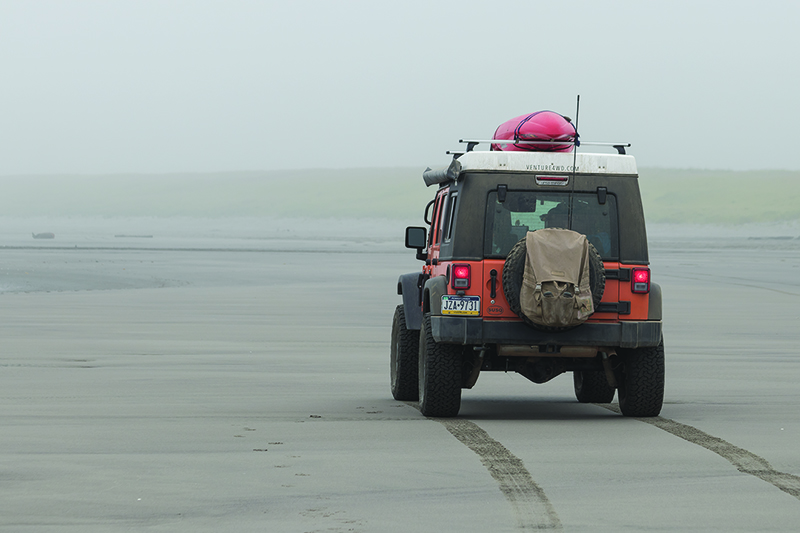
South of Astoria, Oregon, we discovered vehicle-accessible Sunset Beach. There we picnicked for a couple of hours as I prepared scrambled eggs for breakfast, while we took in the sights and sounds of the misty beach.
Immediately following the 2017 solar eclipse, I returned to Pennsylvania.
There was nothing about this endeavor that was easy. There was no rest. I had to constantly seek out safe places to spend the night. I also had to continuously ensure that I was able to pay my bills. Like an unending game of chess, I was always weighing my options, and planning my next move.
However, despite all of these challenges, my gambit paid off.
I learned that it is possible to live life on your own terms. Within six short months, I collected what felt like decades of experiences. My outlook has changed, as I now see a world full of possibilities, rather than limitations.
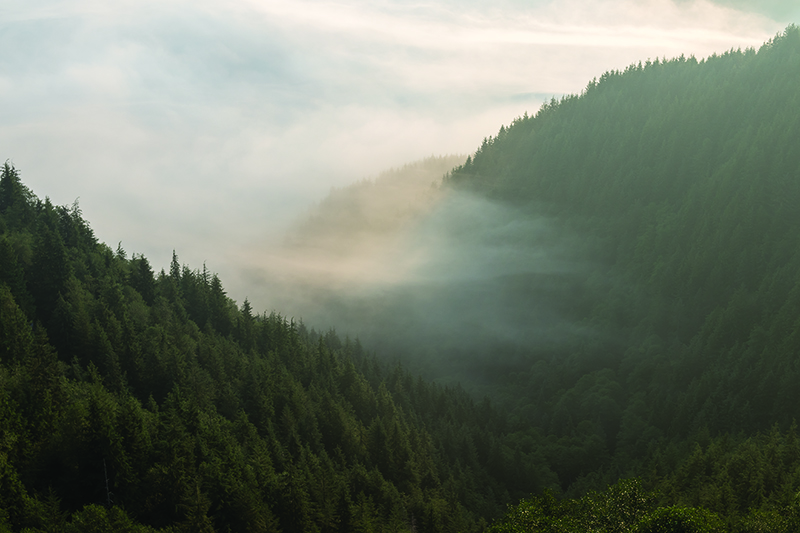
At a high-elevation campsite that we discovered while exploring Tillamook State Forest, in Oregon, we witnessed clouds pouring in from the west, swallowing the hills and filling in the valleys all around us.
The horizon is my home.
I may have completed this particular circuit, but the adventure is far from over.
OutdoorX4 Magazine – Promoting responsible vehicle-based adventure travel and outdoors adventure
















